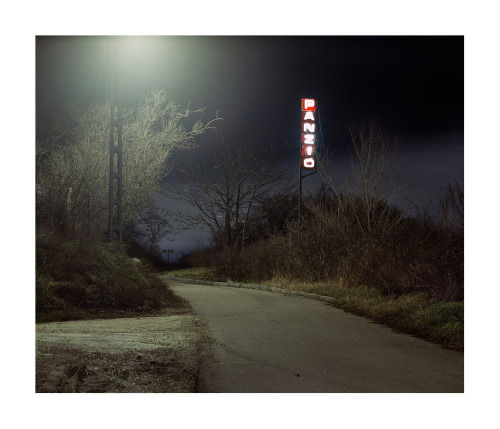 Pension, Gyepü utca / Panzió, Gyepü Street 2005
Pension, Gyepü utca / Panzió, Gyepü Street 2005NON-PLACES, The non-place is part of the space. It’s part of the space, but we don’t live in it. It’s part of space, but it’s not a real place, it’s the transitional part ofthe space between places. It’s a kind of matrix: it’s lifeless, apparently unsubstantial space between the spaces, we live in. It’s a lifeless space, which lives it’s own life, hidden away from the everyday life. It lives the life of the useless objects and spaces. Thrown away cigarette-ends, newspapers and nylon bags, cars forgotten forthe night, resting tools, weed and street-furniture, nooks and corners between houses, stands of posters, mechanics of the streets. These kind of things create the lonely scenes of the non-places. We don’t notice it in the day-time, because it’s a natural part of the built environment. At night it forms the life of the non-places, like a turned out glove. We mustn’t imagine the non-places by the logics of the observer. We can see and observe them, but we can’t understand their inner meaning, until we abandon ourselves to the objective and impersonallyricism of the non-places. Maybe even then we can’t. Because the ‘I’, ‘me’, ‘for me’, ‘from me’, and ‘mine’ doesn’t count here. Everything is beyond us, confidently independent from us.In the nightly world of the non-places, the human body is only an object, a scene, it doesn’t count in it’s sensory being. This is why the people of the non-places, the homeless are so different from the people, who turn the key on their doors every day, and cross the threshold, which divides the world of the non-places and the places. There are two worlds hence and beyond the threshold. Out there anything can happen, because out there we are only objects, like the thrown away cigarette-end, or the nylon bag snatched by the wind at the side of a shopping centre.
Márton Szentpéteri for Camp
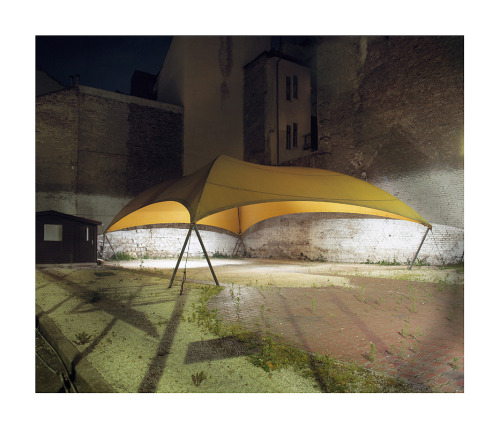 Car dealership, Csalogány Street / Autókereskedés, Csalogány utca 2004
Car dealership, Csalogány Street / Autókereskedés, Csalogány utca 2004 Flower picker, Hungary / Virágszedö, Magyarország 2008
Flower picker, Hungary / Virágszedö, Magyarország 2008 a small selection from the folio of Hungarrian photographer Kudász Gábor Arion.
The long exposure works remind me on early works by Martin Zeller. Abandoned beauty.
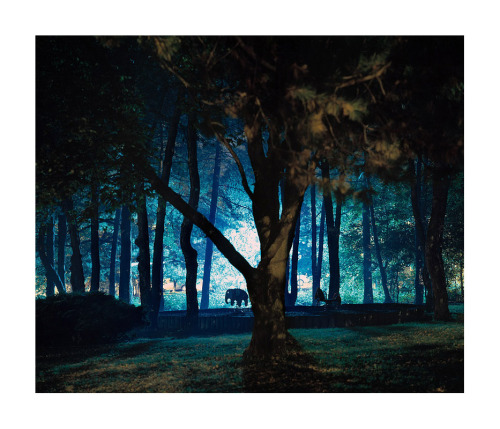 Playground, Fenyves Street / Játszótér, Fenyves utca 2006
Playground, Fenyves Street / Játszótér, Fenyves utca 2006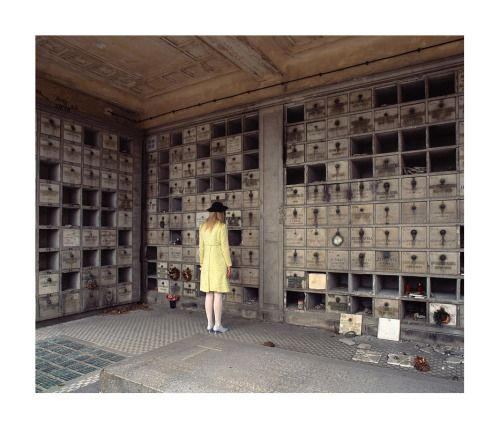 Urns, Farkasrét / Urnák, Farkasrét 2005
Urns, Farkasrét / Urnák, Farkasrét 2005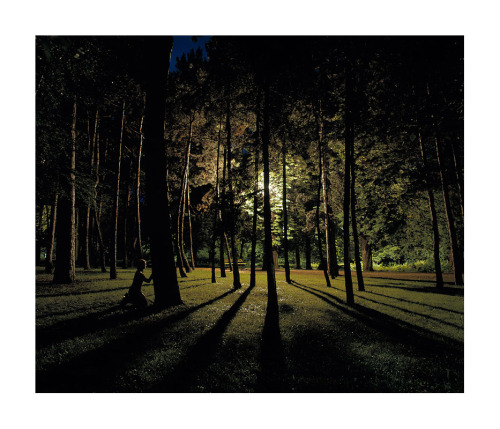 Rollerskater, Margit Island / Görkorcsolyázó, Margitsziget 2005
Rollerskater, Margit Island / Görkorcsolyázó, Margitsziget 2005
Looking at a map, parks are nice little green squares in the body of the city, areas for future developments like factories, shopping centers and housing projects. During a period of two years I documented changes to uncover an essential view of decaying public areas in and around my hometown, Budapest - before more profitable investments swallow them. I also tried to discover Wilderness on these footholds. Parks are places of joy and revitalization. Parks are designed to evoke an imaginary view of the Garden of Eden, but urbanization is quite about the opposite. When people move into the cities they wish to escape from the forces of Nature by creating controlled and calculable surroundings. In such an enviroment each park is a heart of nostalgia even if their origin is not natural in any way. They were created by people only to simbolize the idea of Nature, but conquered and stripped from its forces. At the same time refugees who proved to be unable to fit in, or are expelled from society start to inhabit the green areas. To put it in a very dubious way: some return to this artificial Paradise, a place of voluntary exile.
Kudász Gábor Arion
 Pine Tree, Budapest / Fenyö, Budapest 2007
Pine Tree, Budapest / Fenyö, Budapest 2007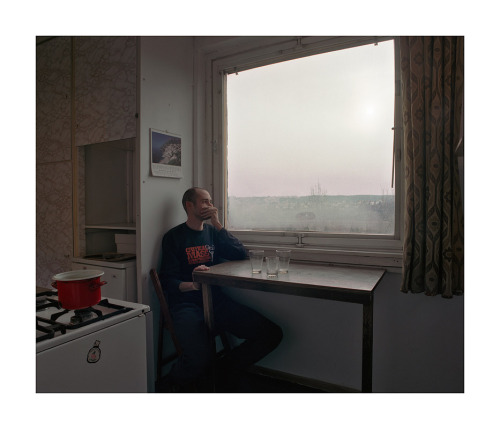 Kitchen (Tamás), Budapest / Konyha (Tamás), Budapest 2007
Kitchen (Tamás), Budapest / Konyha (Tamás), Budapest 2007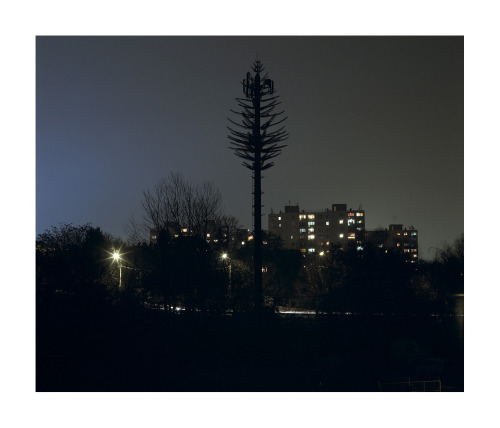 Pine Tree, Budapest / Fenyö, Budapest 2007
Pine Tree, Budapest / Fenyö, Budapest 2007 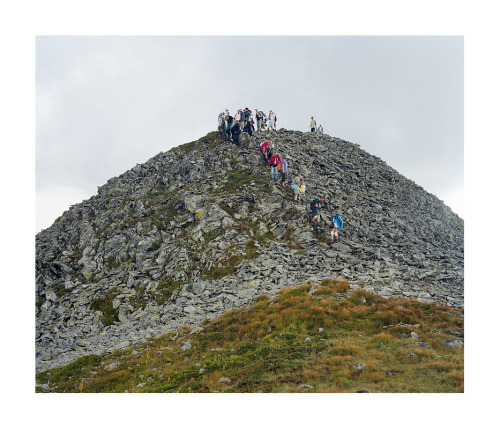 Summit, Pietros / Csúcs, Pietrosz 2003
Summit, Pietros / Csúcs, Pietrosz 2003 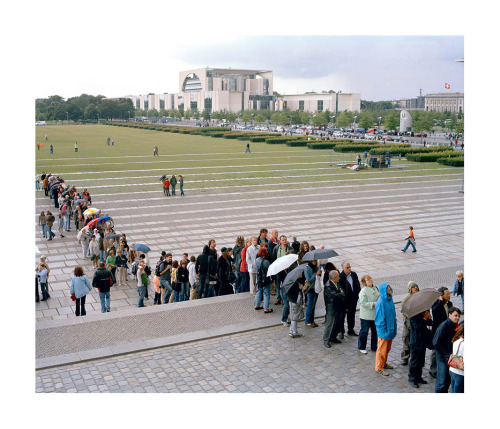 Reichstag, Berlin / Reichstag, Berlin 2007
Reichstag, Berlin / Reichstag, Berlin 2007 Acreage, Hungary / Vetés, Magyarország 2008
Acreage, Hungary / Vetés, Magyarország 2008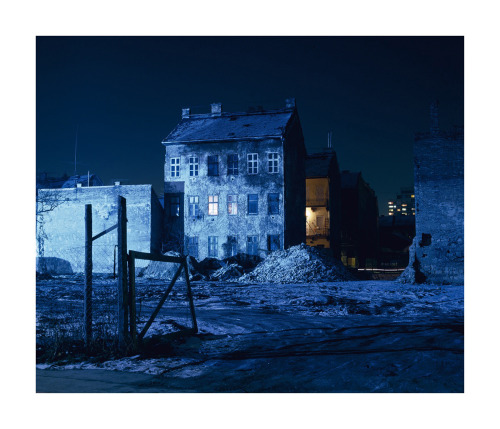
via another something
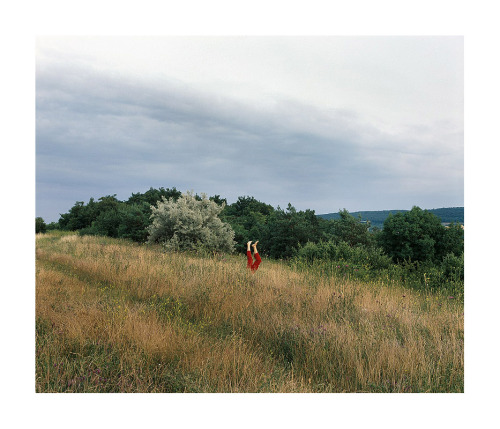
No comments:
Post a Comment